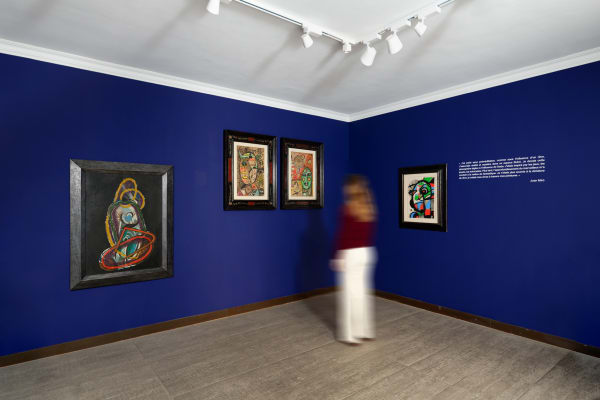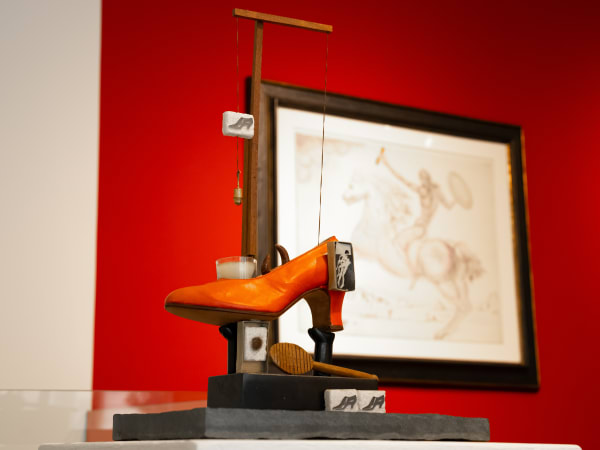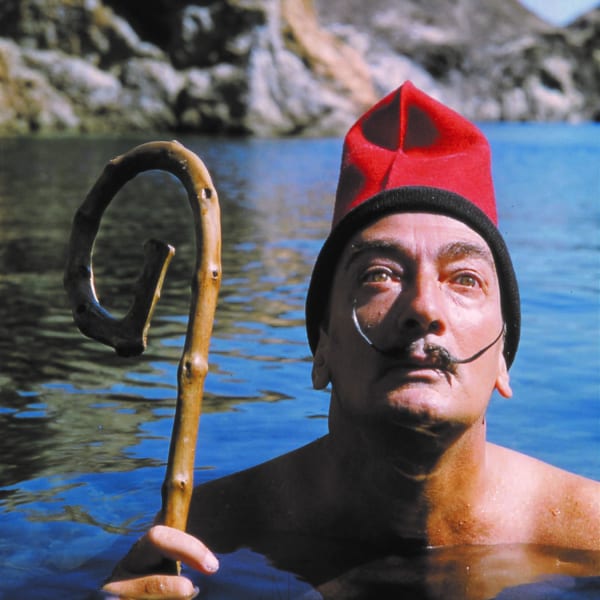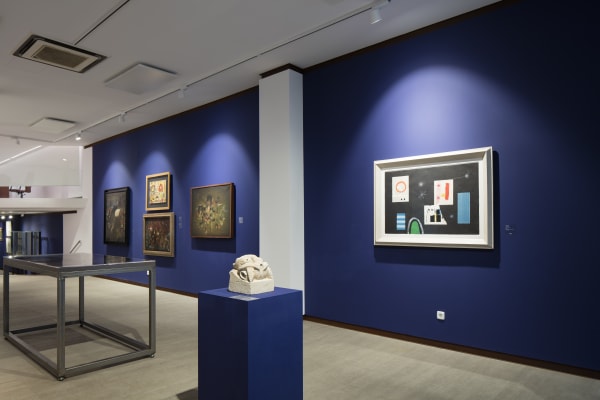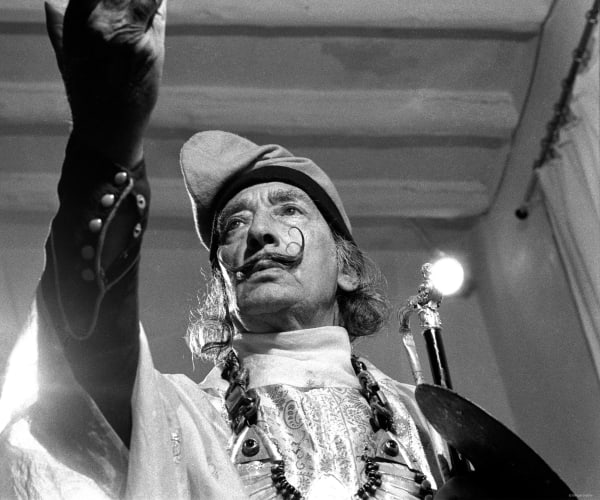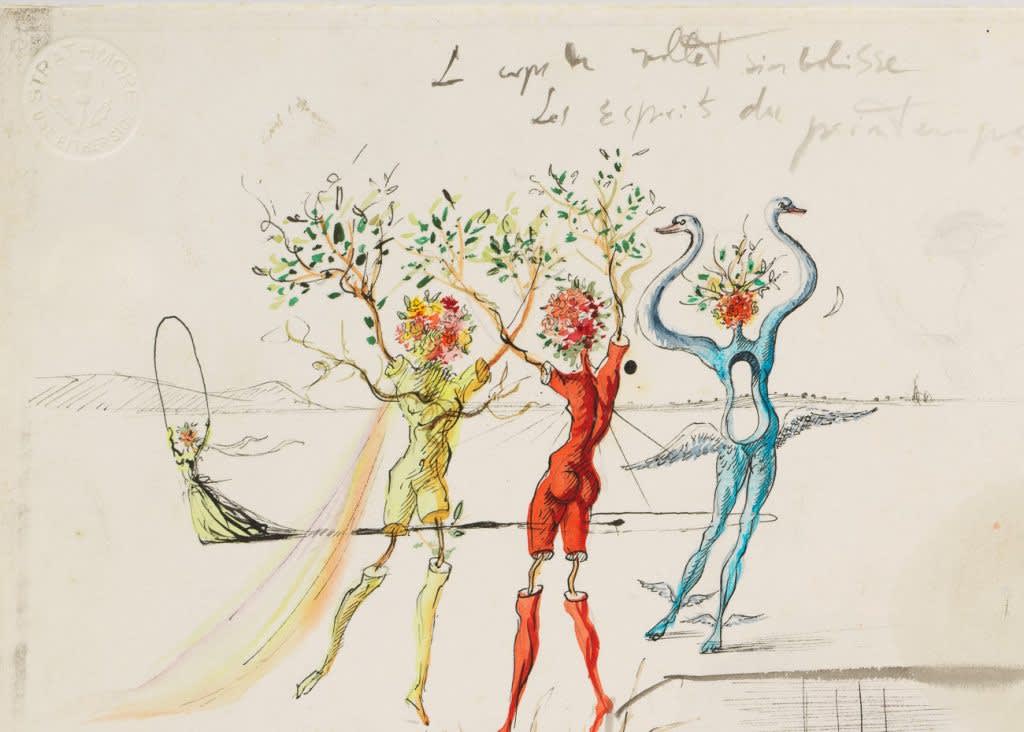Salvador Dalí Figueres, 1904 -1989
"You have to create confusion systematically, it sets creativity free. Everything that is contradictory creates life."
- Salvador Dali.
Salvador Dalí, was a renowned Surrealist artist whose eccentricity and boundless creativity left an indelible mark on the art world. Known for his flamboyant personality and distinctive mustache, Dalí's works transcended traditional artistic boundaries, encompassing painting, sculpture, film, and even writing. His vivid and dreamlike imagery, filled with melting clocks, bizarre landscapes, and distorted figures, reflected his fascination with the unconscious mind and the irrational. Dalí's relentless pursuit of individuality and shock value made him a prominent figure within the Surrealist movement, showcasing his ability to merge reality with the fantastical. With his technical mastery, Dalí created a unique artistic universe that continues to captivate audiences worldwide, solidifying his place as one of the most influential artists of the 20th century.
-

RÊVE. SURRÉALISME ET RÉVOLTE DE L'ESPRIT
PARIS 25 Apr - 5 Jul 2024Humanity’s deep-rooted fascination for dreams experienced a turning point at the beginning of the 20th century after the publication of The Interpretation of Dreams, by Sigmund Freud (1900), a fundamental...Read more -

Dalí. Ultralocal / Ultraglobal
PARIS 28 Mar - 28 May 2023With the collaboration of Chus Martínez, this exhibition presents a selection of six works rediscovering Salvador Dalí’s artistic universe in the light of two aspects which appear to be difficult...Read more -

Dalí. Ultralocal / Ultraglobal
BARCELONA 15 Sep - 17 Nov 2022Mayoral presents a solo exhibition devoted to Salvador Dalí (Figueres, 1904 – 1989) and containing a careful selection of 28 works by the artist. The pieces bear witness to his...Read more -

The Space of Dreams
BARCELONA 12 Sep 2017 - 5 Jan 2018Through an accurate selection of works of art, the exhibition shows the importance that the dream has had as a constructor of the artistic language of the 20th century to...Read more
-

The Space of Dreams
CADAQUÉS 21 Jul - 15 Aug 2017Through an accurate selection of works of art, the exhibition shows the importance that the dream has had as a constructor of the artistic language of the 20th century to...Read more -

Dalí. Master at Metamorphoses
BARCELONA 1 Oct 2015 - 21 Feb 2016Mayoral Galeria d’Art presents an exceptional exhibition 'Dalí. Master at metamorphoses' by the artist Salvador Dalí in Barcelona. There are shown a selection of paintings, watercolours, collages, drawings and sculptures....Read more
-

The Space of Dreams
2017Hardcover, 182 pagesRead more
Publisher: Mayoral Investigació
Dimensions: 16 x 22 cm -
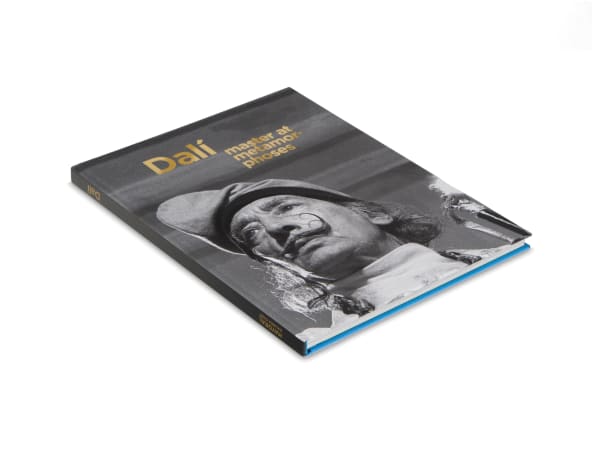
Dalí
Master at metamorphoses 2015Hardcover, 119 pagesRead more
Publisher: Mayoral Investigació
Dimensions: 31.7 x 24.5 cm -
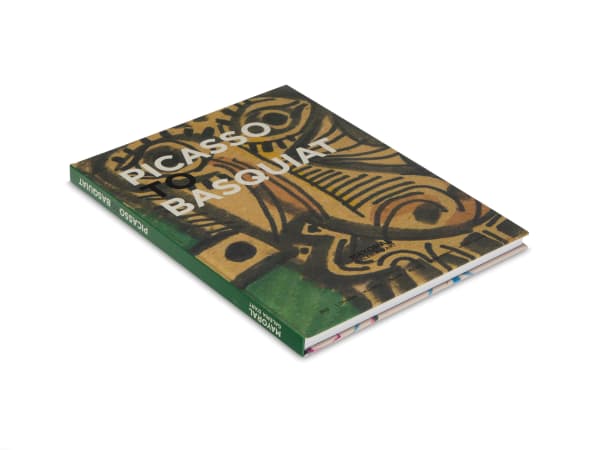
Picasso to Basquiat
2013Hardcover, 135 pagesRead more
Publisher: Mayoral Investigació
Dimensions: 31.7 x 24 cm -

Dalí
Las inquietudes de un genio 2004Softcover, 85 pagesRead more
Publisher: Mayoral Investigació
Dimensions: 31 x 21.5 cm






